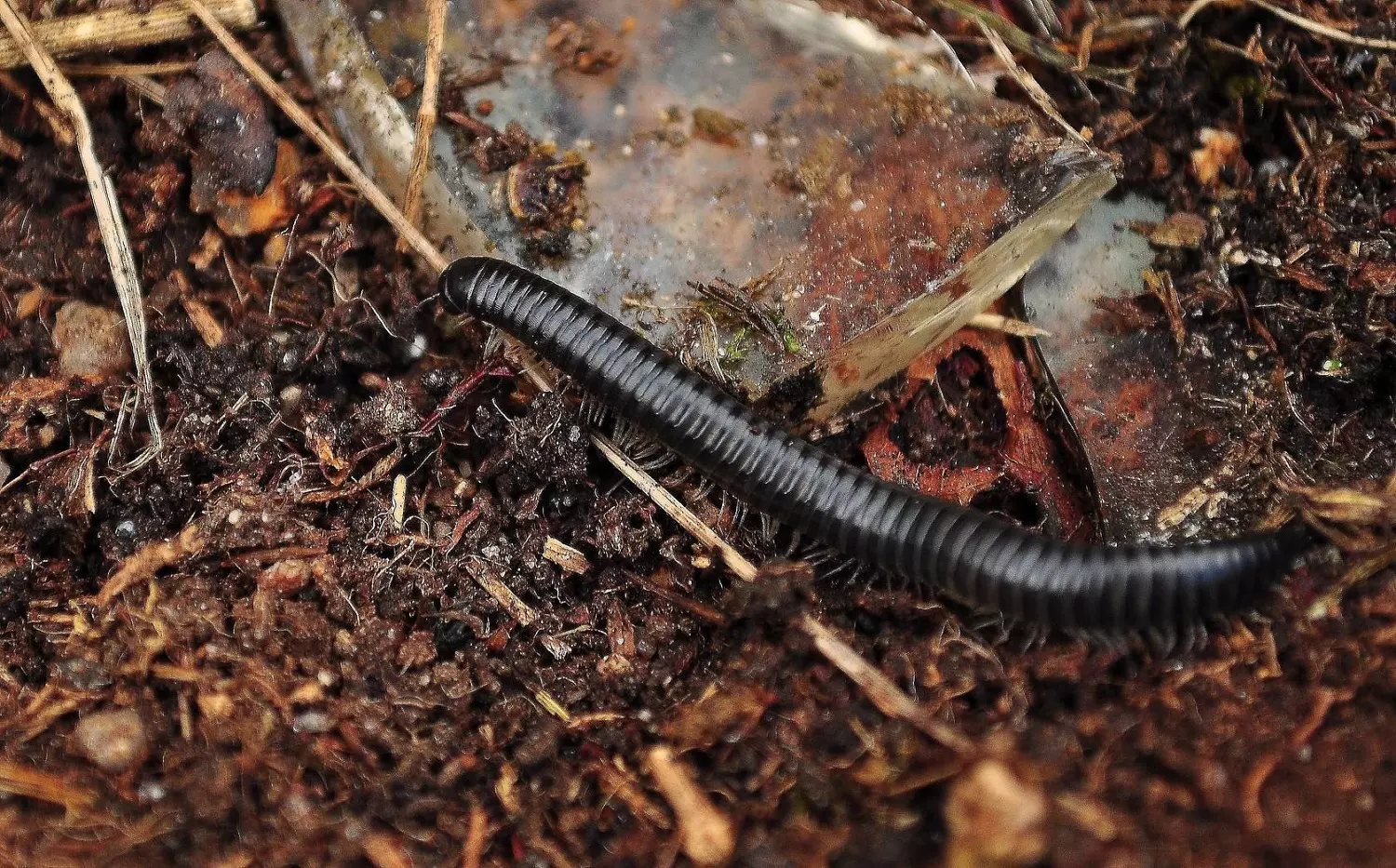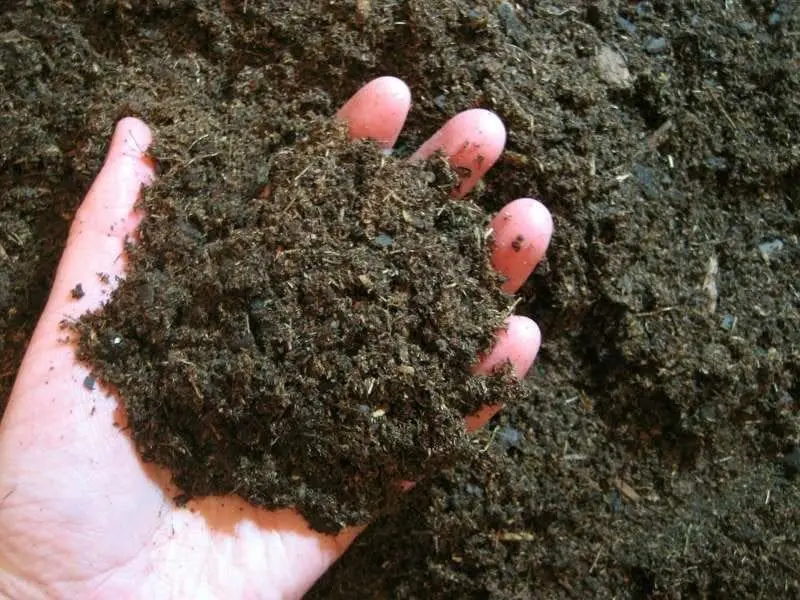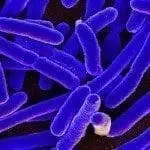I remember when my children were young and they would watch me plant flowers. They asked how deep of a hole I needed to dig into the dirt for each flower plant. To that I would reply, dirt is what you find on your hands, I am planting flowers in soil. They did not seem to care about their error and went off to play.
We don’t tend to think much about soil. We get annoyed when we track it in on the nice clean floor (dirt), and carefully wash it off our hands and clothes. We do know the importance of soil because our flower gardens and food crops can’t grow without it. But soil is more complicated than some brown stuff plants grow in.
Before we get into the complexity of soil, let’s start at the beginning: the Creation account
And God said, “Let the water under the sky be gathered to one place, and let dry ground appear.” And it was so. God called the dry ground “land” and the gathered waters he called “seas”. And God saw that it was good. Genesis 1:9-10
God created the land with fully functioning soil that would allow for optimum plant growth. The first job was that of a gardener; God gave that job to Adam. (Genesis 2:15). This was before sin, so Adam did not have to battle troublesome weeds, but he did need to tend to the garden that God planted.
Adam himself was created out of the dust (soil) of the earth
Then the Lord God formed a man from the dust of the ground and breathed into his nostrils the breath of life, and the man became a living being. Genesis 2:7
The Hebrew word for “ground”, adamah, is similar to the word Adam. One meaning of adam is “earthy.” Many Bible scholars believe that adam is linguistically derived from adamah. The full meaning of the word adamah in Hebrew refers to arable soil that has the capability to support life.
Early man understood that dead people and animals returned to the soil by decomposition.
What they did not know is how closely human flesh had its origins in soil. Science now knows that our material element is indeed “dust.” What science has not figured out is where life came from. They cannot grasp how life came from non-life. When you take God out of the process, it can be very confusing.
The common factor of all life, whether it be plants, animals or people, is that life came from and will return to the soil. The scientific term for mankind is homo sapiens. Sapiens is a Latin term for “knowledge” or “wisdom.” The term homo is derived out of the Latin word humus or soil. The basic truth is this: every living thing owes its existence and survival to soil.
Let’s look at soil more closely
The main purpose of soil is to provide plants with an anchor so that they can stand upright to reach for the sun. Soil also needs to provide nutrients and a place to hold water for the plants. In order for the soil to do this, it has to break down decaying matter.
Think about this: the most impressive role of soil is that of a great recycling instrument. Through the act of decomposition of plant and animal life, all death turns into life. All plants need the death of other plants and animals. There is a great work being done right under your feet that you are not even aware of.
Soil Biome
Earthworms can move up to 100 tons of soil per acre per year as they tunnel eating decaying pits of plants. A square yard of rich garden soil contains more species of organisms than can be found above ground in the entire Amazon rainforest.
A tablespoon of soil contains more than 2 billion microorganisms, and the total weight of living organisms in the top 6 inches of an acre of soil can range from 5,000 to as much as 15,000 pounds. In a single acre there could be 5,000 to 7,000 species of bacteria. There is a host of insect and fungi species that are part of the process of taking decaying matter and turning that into nutrients for plants.
All living things that work together to break down dead plants and animals, from worms to microorganisms need the right materials to do their work.
- Water is one of these things and soil organisms can’t function without it for long periods.
- Oxygen is also essential as these organisms need to “breathe”. Soil has to have porosity or a wide range of pore sizes that allow water and air to penetrate to where the organisms are.
When God created the land, He created soil with all its wonders to fully provide plants with everything they need for growth.








